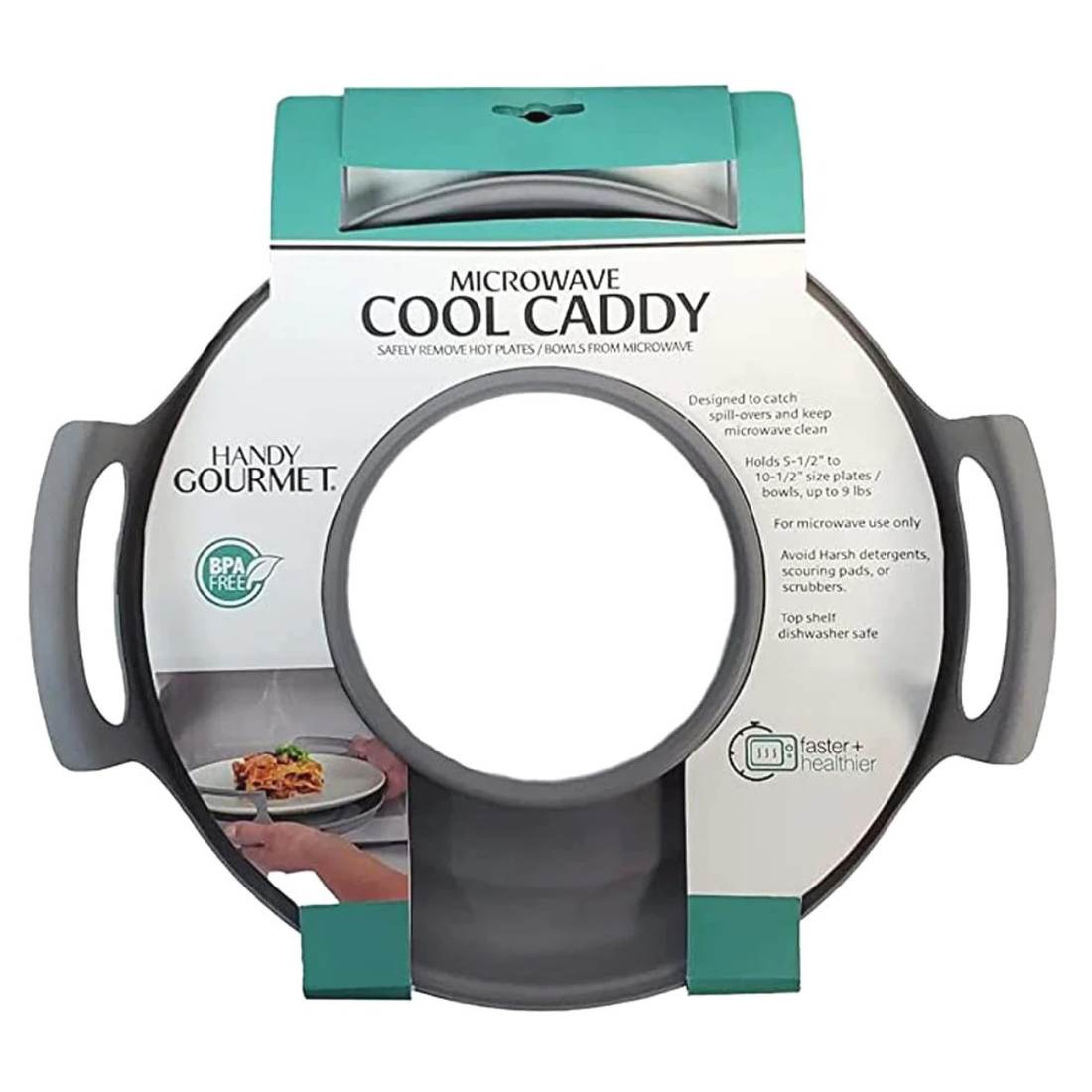
How Do Microwave Cool Plates Work? A Guide to Heat-Resistant Dinnerware
Share
Have you ever heated food in the microwave and then burned your hands grabbing the plate? Microwave cool plates solve that problem.
These innovative dishes stay cool to the touch even after you heat them, making them a safer and more convenient option for reheating meals.
But how do they work, and what makes them different from regular plates? Let’s explore the technology behind these heat-resistant wonders.
The Science Behind Microwave Cool Plates
They are designed using advanced materials that absorb microwave energy differently than traditional dishes. Regular plates, especially those made of ceramic or glass, heat up because they absorb microwave radiation along with the food. In contrast, manufacturers use specialized materials that either reflect or minimally absorb microwave energy. This keeps the plate itself cool while allowing the food to heat up efficiently.
Materials Used in Microwave Cool Plates
The key to these plates’ functionality lies in their construction. Common materials include:
- Heat-Resistant Plastic: BPA-free, microwave-safe plastics are often used because they don’t absorb heat as readily as ceramic or glass.
- Silicone: Known for its heat resistance, silicone is a popular choice for microwave cool plates. It remains cool to the touch and is flexible, making it easy to handle.
- Composite Materials: Some plates combine multiple materials, such as a plastic base with a ceramic coating, to achieve the perfect balance of durability and heat resistance.

Safety and Usability
They are not only convenient but also safe. Designers design them to withstand high temperatures without warping or releasing harmful chemicals.
Look for plates labeled "microwave-safe" and "BPA-free" to ensure they meet safety standards. Additionally, these plates are often lightweight and shatterproof, making them ideal for families with children or for outdoor use.
How Microwave Cool Plates Differ From Regular Plates
- Heat Distribution: Regular plates heat up evenly with the food, while microwave-cooled plates remain cool.
- Material Composition: Traditional plates are often made of ceramic or glass, which absorb heat, whereas these cool plates use specialized materials to resist heat absorption.
- Versatility: They are often designed for multiple uses, including serving, reheating, and even freezing.
Conclusion
Microwave cool plates are a brilliant innovation for anyone who values safety and convenience in the kitchen.
By using advanced materials and smart design, these plates keep your hands burn-free while ensuring your food heats evenly.
Whether you’re reheating leftovers or serving a hot meal, microwave cool plates are a practical addition to any modern kitchen.
